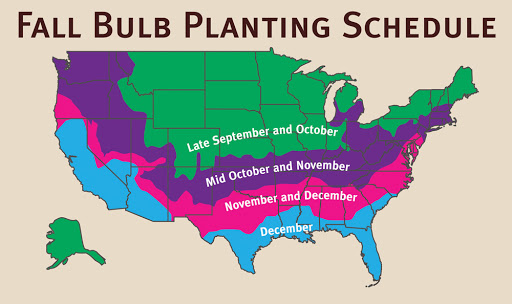Through the years I've tried just about everyone for bulbs but A.D.R. is tops. It's a family run business and the service levels and expertise are as good as the product they sell. My clients rave about the results we get with A.D.R. and that makes me happy.
Paul Keyes
, Paul Keyes Associates
« Previous Plant | Next Plant »
Tulipa Parrot 'Estella Rijnveld'
Tulip
Estella Rijnveld is a late-spring blooming parrot tulip with dramatic, feathery petals in a mix of bright red, white, and flashes of green. As the flower matures, it opens wide, almost flattening out, revealing its bold coloration.
This variety reaches 16 to 24 inches tall, with large blooms measuring 5 to 6 inches in diameter. It thrives in full sun with rich, well-drained soil and benefits from wind protection due to its oversized flowers. Originally cultivated in 1954, Estella Rijnveld is an heirloom variety.
346.50
Tulipa Calculator
When should I plant Tulipa Parrot 'Estella Rijnveld'?

Growing and Maintenance Tips for Tulipa Parrot 'Estella Rijnveld'
Planting: Plant in fall when soil temperatures drop below 55°F. Set bulbs 6–8 inches deep, pointed end up. Choose a sunny, sheltered location to protect their large, irregular blooms from strong wind and spring storms.
Spacing: Space bulbs 4–6 inches apart. For full visual impact, plant 10 or more together—these tulips shine in bold, theatrical groupings.
Light: Full sun enhances color intensity and stem strength. Though tolerant of light shade, stronger light preserves bloom structure and vivid contrast.
Soil: Use well-drained, neutral to slightly acidic soil (pH 6–7). Poor drainage increases risk of rot—especially for these heavy-headed, late-season types.
Watering: Water after planting to settle soil. In spring, water only during dry periods—excess moisture can weaken stems and damage blooms.
Temperature & Dormancy: Requires 12–16 weeks of cold (below 50°F) to root and initiate flowering.
Fertilization: Apply balanced bulb fertilizer at planting and again in early spring to support strong stems and petal development.
Pests: Squirrels may disturb bulbs—protect with mulch or mesh. Deer will eat buds and foliage, especially in early spring—use repellents or fencing in high-pressure areas.
Disease: To prevent Botrytis (Tulip Fire), plant only healthy, firm bulbs in sunny, airy beds. Avoid overhead watering. Remove and destroy any infected foliage—never compost. Rotate sites annually and avoid replanting in affected areas for three years.





Check back soon for additional details.